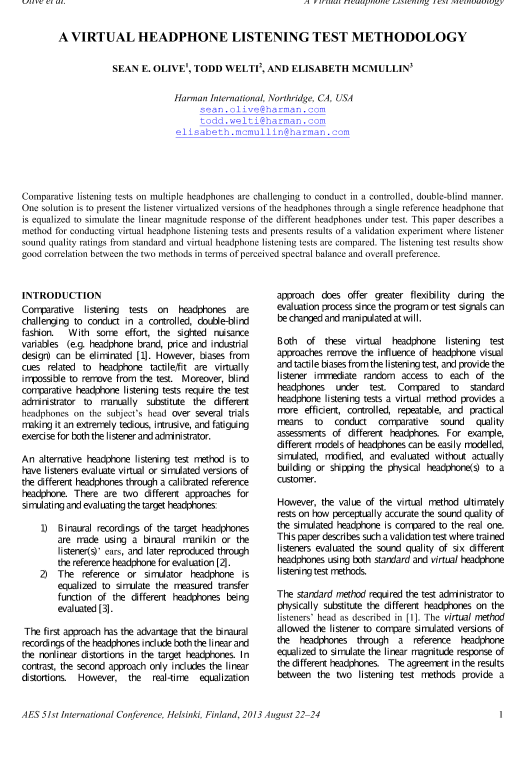ZolaIII
Major Contributor
- Joined
- Jul 28, 2019
- Messages
- 4,159
- Likes
- 2,448
I said it is and what about it if it whose my subjective opinion.
That speaker went from a single man's home who couldn't afford better so he made those. From there it went to Japanese consumers home's and afterwards to studios and it's a most adapted and widely used studio monitor ever trough history with all of his reincarnations and copies.
And when you answered the hypothetical question the answer is only your subjective opinion? So you have to repeat it on significant number of subjects in order to say with a certain certainty based on a number of tested subjects to the facturial preferred answer whose yes or no.
Yes I am quite emotional.
That speaker went from a single man's home who couldn't afford better so he made those. From there it went to Japanese consumers home's and afterwards to studios and it's a most adapted and widely used studio monitor ever trough history with all of his reincarnations and copies.
And when you answered the hypothetical question the answer is only your subjective opinion? So you have to repeat it on significant number of subjects in order to say with a certain certainty based on a number of tested subjects to the facturial preferred answer whose yes or no.
Yes I am quite emotional.


